Rising Demand for Warehouse Automation
The Stacker Crane Market is experiencing a notable surge in demand due to the increasing need for warehouse automation. As businesses strive to enhance operational efficiency, stacker cranes are becoming essential for automating material handling processes. According to recent data, the warehouse automation market is projected to grow at a compound annual growth rate of over 14% in the coming years. This growth is driven by the need for faster order fulfillment and reduced labor costs. Consequently, the adoption of stacker cranes is likely to rise, as they facilitate high-density storage and retrieval systems, thereby optimizing space utilization. The Stacker Crane Market is thus positioned to benefit significantly from this trend, as companies invest in advanced technologies to streamline their logistics and supply chain operations.
Increased Focus on Supply Chain Resilience
The Stacker Crane Market is benefiting from an increased focus on supply chain resilience. Companies are recognizing the importance of robust supply chains that can withstand disruptions and adapt to changing market conditions. Stacker cranes contribute to this resilience by enabling efficient inventory management and rapid response to demand fluctuations. As organizations invest in technologies that enhance supply chain agility, the demand for stacker cranes is expected to rise. Recent analyses suggest that companies prioritizing supply chain resilience are more likely to adopt automated solutions, including stacker cranes, to ensure continuity in operations. This trend indicates a promising outlook for the Stacker Crane Market as businesses seek to fortify their supply chains.
E-commerce Growth and Logistics Optimization
The Stacker Crane Market is poised for growth, largely fueled by the rapid expansion of e-commerce. As online shopping continues to gain traction, logistics and warehousing operations are under pressure to improve efficiency and speed. Stacker cranes play a pivotal role in optimizing storage solutions, enabling companies to manage inventory more effectively. Recent statistics indicate that e-commerce sales are expected to reach trillions of dollars, necessitating advanced material handling solutions. This trend compels businesses to invest in stacker cranes to enhance their warehousing capabilities, ensuring timely order processing and delivery. The Stacker Crane Market is thus likely to see increased investments as companies seek to adapt to the evolving demands of the e-commerce landscape.
Technological Advancements in Material Handling
The Stacker Crane Market is significantly influenced by ongoing technological advancements in material handling equipment. Innovations such as artificial intelligence, machine learning, and IoT integration are transforming the capabilities of stacker cranes. These technologies enhance operational efficiency, allowing for real-time monitoring and predictive maintenance. As a result, companies are increasingly adopting stacker cranes equipped with smart technologies to improve their logistics operations. The market for smart material handling solutions is projected to grow substantially, indicating a shift towards more automated and intelligent systems. This evolution in technology is likely to drive the Stacker Crane Market forward, as businesses seek to leverage these advancements for competitive advantage.
Sustainability and Energy Efficiency Initiatives
The Stacker Crane Market is increasingly influenced by sustainability and energy efficiency initiatives. As environmental concerns gain prominence, companies are seeking ways to reduce their carbon footprint and enhance energy efficiency in their operations. Stacker cranes, particularly those designed with energy-efficient technologies, are becoming attractive options for businesses aiming to meet sustainability goals. The market for energy-efficient material handling solutions is projected to expand, driven by regulatory pressures and consumer preferences for eco-friendly practices. This shift towards sustainability is likely to propel the Stacker Crane Market, as companies invest in equipment that aligns with their environmental objectives while also improving operational efficiency.


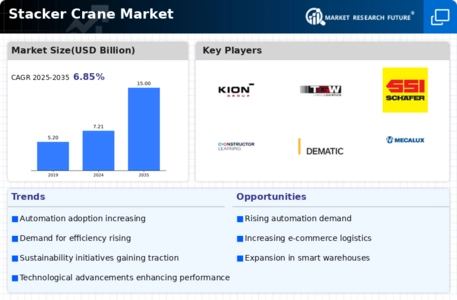
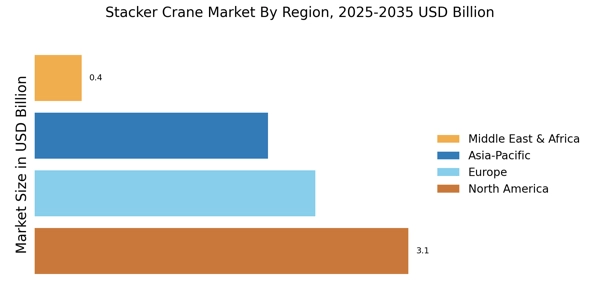
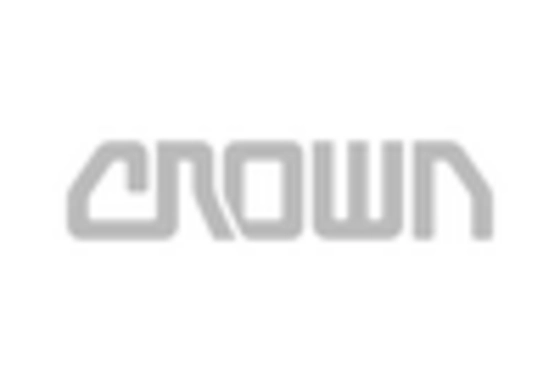
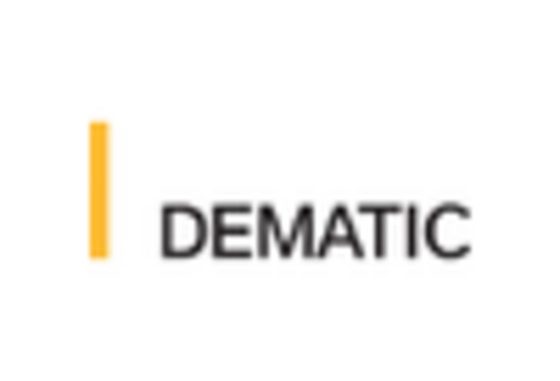
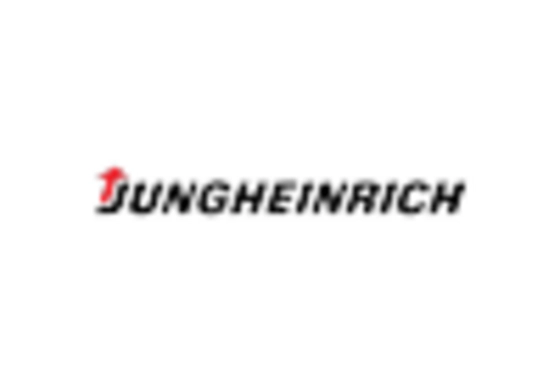
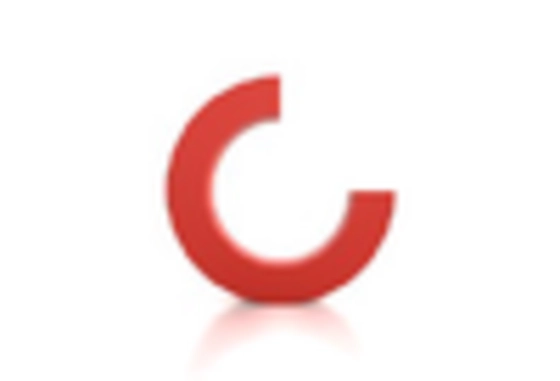
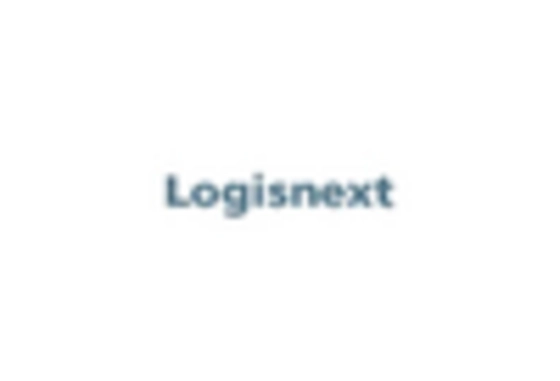
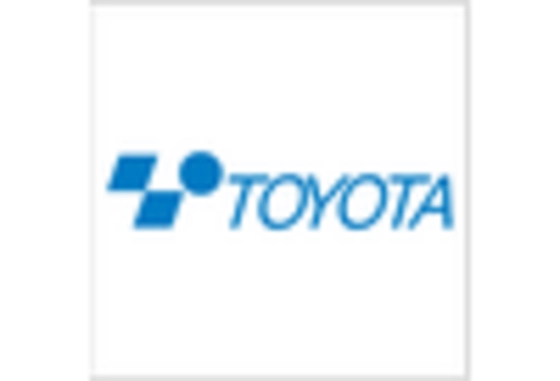








Leave a Comment